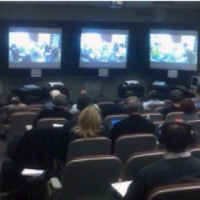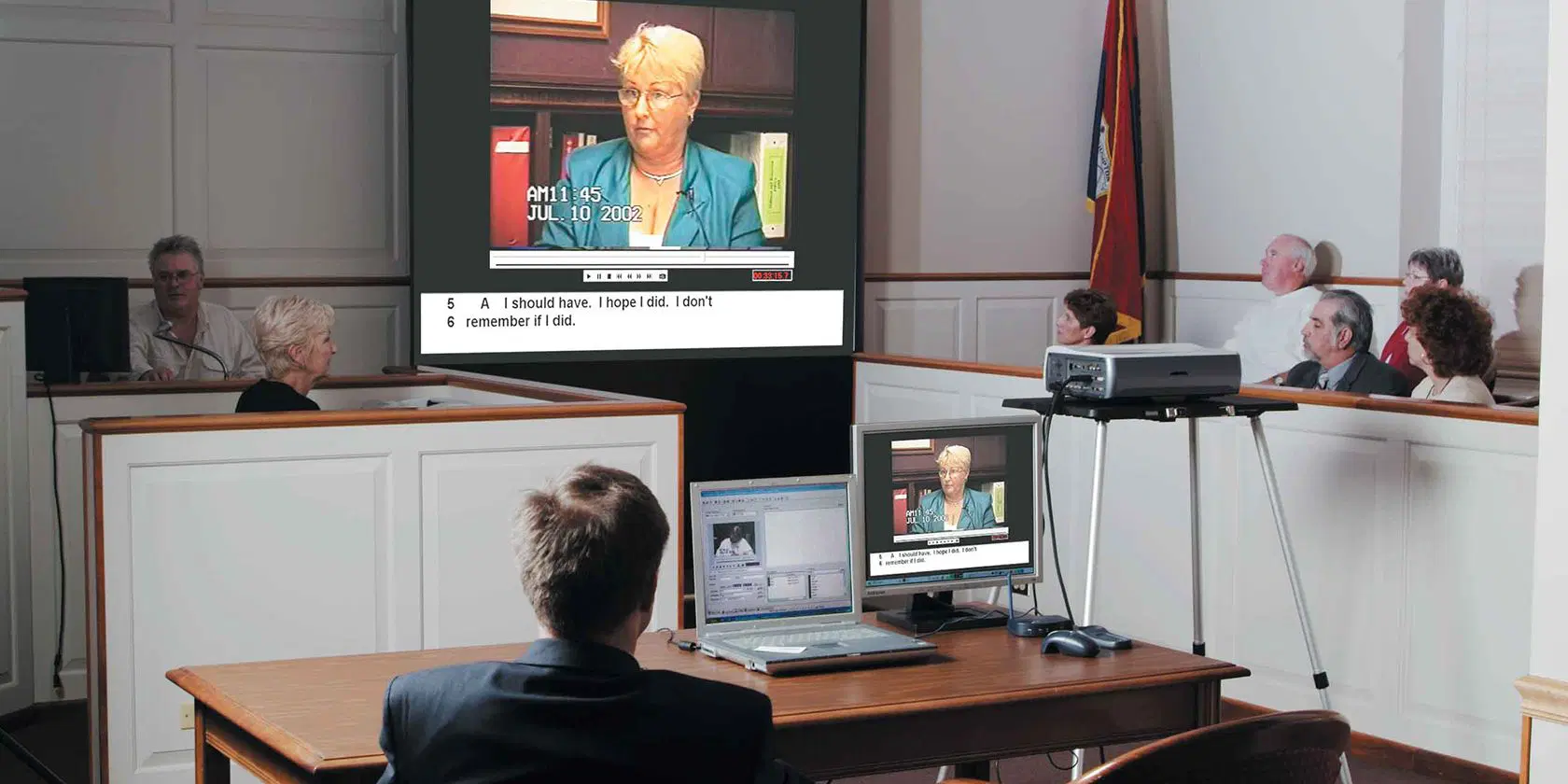The Role of Trial Presentations in Creating Compelling Closing Arguments
The Power of Visuals in Trial Presentations for a Winning Argument
The integration of visuals in test presentations has arised as an essential element in effectively connecting intricate arguments to jurors. By utilizing numerous types of aesthetic help-- be it diagrams, photos, or computer animations-- attorneys can improve understanding and retention, ultimately shaping the court's assumption of the instance.
Value of Visuals in Trials
In numerous lawful setups, visuals play a vital function in enhancing the performance of test presentations. The combination of visual aspects can considerably impact jurors' understanding and retention of complicated info, therefore shaping their perceptions and decisions. Visuals, such as charts, layouts, and photos, can simplify elaborate narratives, making them more obtainable and compelling.
Moreover, the human brain processes visual info more efficiently than text, which highlights the significance of including visuals into lawful debates. By equating dense legal concepts into visual formats, attorneys can promote clearer interaction, making sure that essential factors are not overlooked during trials.
Additionally, visuals serve to involve jurors on a psychological degree, cultivating a link to the instance that words alone may fail to accomplish. The strategic use visuals can stimulate empathy, prompting jurors to consider the human aspects of the case.
Eventually, the importance of visuals in trials depends on their capacity to boost quality, enhance juror interaction, and strengthen the narrative being offered. This potent combination is vital for crafting convincing arguments that reverberate with jurors and influence the outcome of legal proceedings.
Kinds Of Visuals to Make Use Of
Reliable test presentations can greatly profit from a range of aesthetic tools that provide to various facets of the situation. trial presentations. Utilizing representations and graphes can efficiently break down intricate info, making it much more absorbable for jurors. As an example, flowcharts can show the series of occasions, while bar chart might succinctly contrast relevant data factors.

Animations and simulations can likewise play a crucial duty, especially in cases including technological information or detailed situations. These visuals can dynamically represent procedures or actions, supplying clarity and interaction that fixed images might not attain.
Moreover, infographics integrate text and visuals to sum up important information properly. They can present timelines, statistics, and considerable situation points in an aesthetically enticing fashion, making it easier for jurors to follow the debate.
Enhancing Understanding and Retention

Enhancing understanding and retention during test discussions is essential for guaranteeing that jurors comprehend the necessary aspects of a situation. Visual help serve as powerful tools hereof, translating complicated information into easily absorbable formats. By utilizing charts, layouts, and infographics, lawyers can simplify detailed data and emphasize bottom lines that may otherwise be forgotten.
Studies have actually shown that individuals retain info considerably much better when it exists straight from the source aesthetically. This is especially essential in a trial setup, where jurors may be bewildered by the volume of proof and statement. By strategically integrating visuals, attorneys can route jurors' focus to the most critical elements of the case, strengthening their understanding and memory of the material presented.

Producing Engaging Discussions
Captivating jurors' attention during test presentations is vital for conveying a compelling narrative. Engaging discussions take advantage of visual aspects to develop a remarkable experience that reverberates with jurors. The tactical usage of graphics, computer animations, and video clips can clarify complex information, making it extra easily accessible and relatable.

Furthermore, including narration techniques can boost engagement. Providing evidence in a logical series that develops sob story enables jurors to attach with the product on a personal degree. Varying presentation formats, such as incorporating brief video or interactive elements, can additionally receive passion and attention throughout the trial.
Eventually, an engaging presentation fosters a more profound understanding of the case, enabling jurors to better appreciate the disagreements being presented and bring about an extra beneficial end result.
Study and Success Stories
Many study highlight the considerable impact of visuals in test discussions, demonstrating their capability to influence juror perceptions and inevitably the outcomes of situations. A notable situation involving an individual injury claim illustrated how the use of a 3D computer animation of the mishap scene clarified complicated information. Jurors reported really feeling even more enlightened and empathetic, considerably persuading their decision for the complainant.
In another circumstances, a business lawsuits instance made use of infographics to present monetary information and timelines, making elaborate details accessible. The graph allowed jurors to realize the subtleties of the instance a lot more properly than verbal explanations alone. trial presentations. Because of this, the court returned a judgment that went beyond the client's assumptions
Additionally, a criminal defense case utilized photographs and video clip evidence to develop an alibi. The compelling visuals not just assisted in creating uncertainty yet also reverberated emotionally link with jurors, bring about an acquittal. These success tales highlight the necessity of integrating visuals into test presentations, as they enhance understanding, retention, and eventually, the persuasive power of legal debates. The critical usage of visuals is indisputably changing the landscape of test advocacy.
Verdict
In verdict, the critical consolidation of visuals in trial presentations considerably enhances jurors' understanding and retention of intricate details. Involving presentations, sustained by engaging case research studies, demonstrate the profound influence that visuals can have on influential interaction.